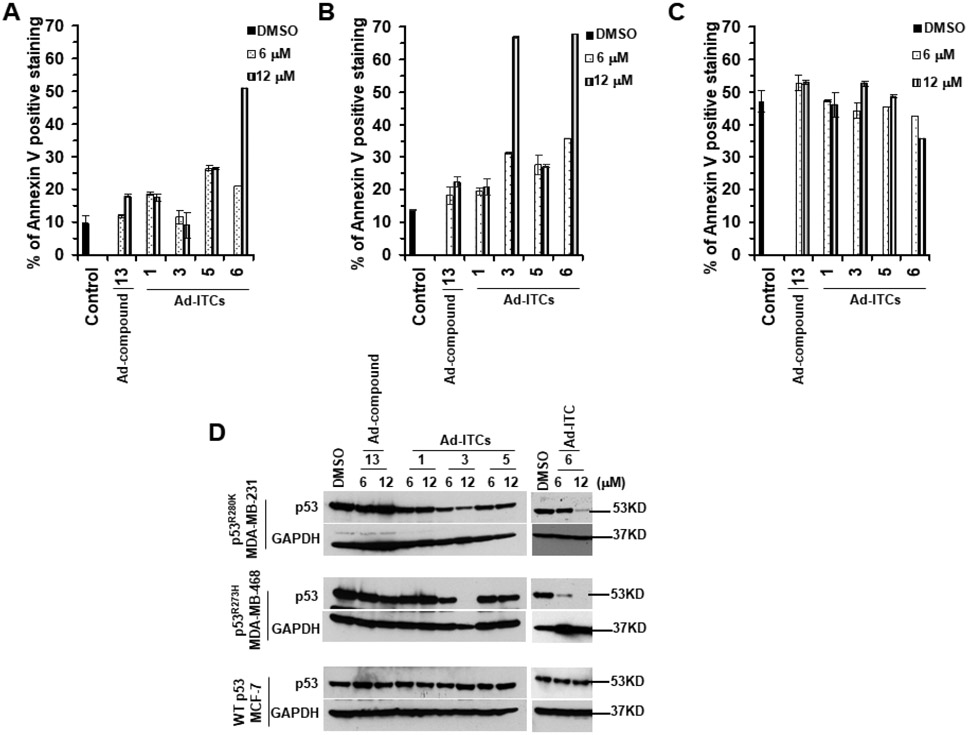Figure 3. Effects of Ad-ITCs on apoptosis induction and p53 levels in breast cancer cell lines with mutant p53 or WT p53.
(A-C) The mutant p53 (p53R280K MDA-MB-231 and p53R273H MDA-MB-468) and WT p53 (MCF-7) cells, respectively, were treated with DMSO (as a control) or different Ad-ITCs or Ad-compound 13 at the indicated concentrations for 24 h. Apoptosis was measured by Annexin-V staining by flow cytometry using a BD LSRFORTESSA instrument. Percent of Annexin-V positive stained cells were calculated as the ratio of stained cells obtained for cells grown in the presence of the respective Ad-ITC or Ad-compound 13 compared with the presence of DMSO. (D) SARs for the depletion of mutant p53 levels by Ad-ITCs. The mutant p53 (p53R280K MDA-MB-231 and p53 R273H MDA-MB-468) and WT p53 (MCF-7) cells, respectively, were treated with DMSO (as a control) or 6 μM or 12 μM of different Ad-ITCs or Ad-compound 13 for 24 h. Cells were harvested and lysates were prepared. Twenty μg or 50 μg of the mutant p53 or WT p53 cell lysate fractions, respectively, were resolved by SDS-PAGE and probed with p53 DO-1 antibody. Blots were stripped and re-probed with anti-GAPDH as a loading control. Experiments were performed in triplicate. Error bars represents SD.

